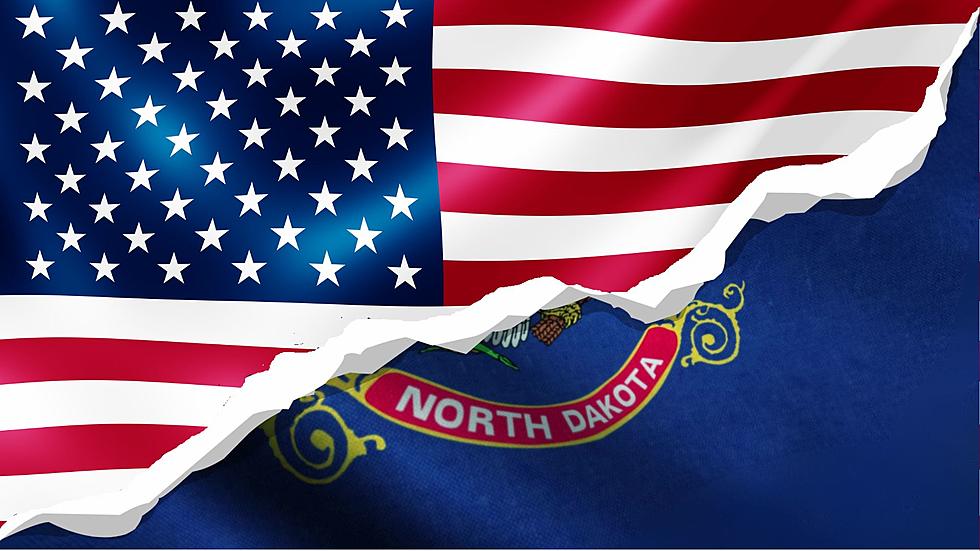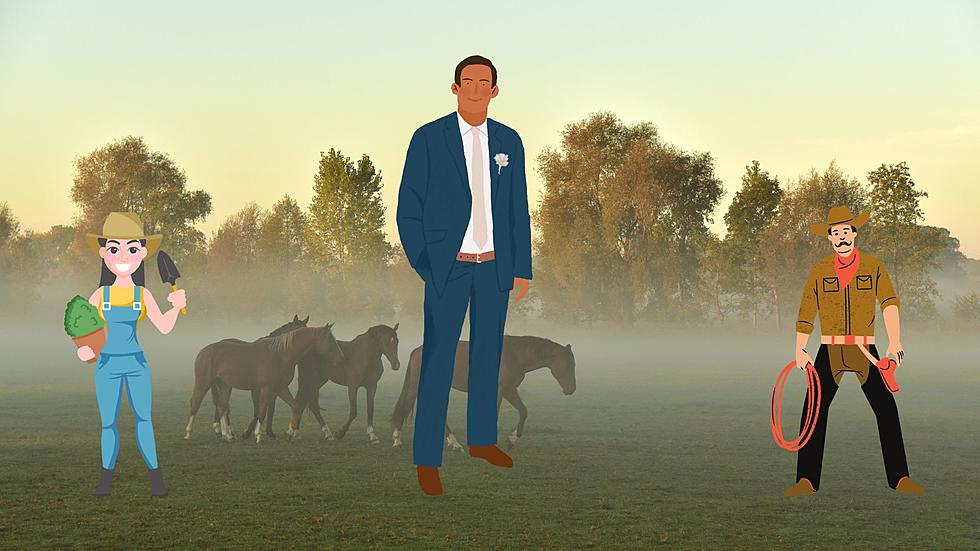
Failed Secession: The History Of North Dakota’s Attempt To Leave The Union
As some in Texas begin to sound the once-every-few-years alarm to secede from the U.S., turn back the clock to when North Dakota tried to do the same.

Before we jump into the interesting history lesson from NowIKnow, there is a legal precedent with the nation's highest court that legally bars a state from unilaterally seceding.
The court's ruling in Texas v. White, rendered in 1869, established that states could not leave the Union on their own and that the rebellious Texas legislature's actions were "absolutely null," regardless of whether the majority of Texans approved of them.
Where Did The Spark Of Secession Begin?
Arthur C. Townley, a farmer from North Dakota, founded the National Non-Partisan League ("NPL") in an effort to unite farmers and other agricultural workers for political influence. After legally aligning with the Republican Party in North Dakota, the NPL swiftly established a de facto political party with some early success, closely allied with the Socialist Party of America nationwide.
A farmer named Lynn Frazier and a lawyer named William Langer were the NPL's candidates for governor in 1916, and they were both easily elected. Similarly, the party's representative the following year also won reelection. The NPL also gained a sufficient number of seats in the 1918 election to seize control of the state legislature.
Unfortunately, their opportunity to shine did not last. Voters in North Dakota recalled then-governor Frazier before his term ended on accusations that he and other state residents were Bolsheviks; Langer was one of them.
The impact of the NPL in North Dakota faded almost as fast as it had come, but it did not completely vanish. While Frazier was successful in his 1922 NPL Senate campaign, Langer was victorious in his 1932 bid for the office of governor, despite his attempts to depose his running mate.
The Match To Gasoline
To contemporary ears, Langer's policy as governor of requiring state employees to contribute a portion of their wages to the NPL and a newspaper owned by individuals in his government seems immoral.
Despite how rotten it sounds, it seems like it wasn't a huge concern back then; in fact, it was totally legal and, as Wikipedia puts it, "a common, traditional practice." It was a minor oversight on Langer's side, but he neglected to exempt employees of the roads department from the decree.
The federal government didn't have such loose regulations on the distribution of public funds, and the state's tax base wasn't used to pay those workers. P.W. Lanier, the state's United States attorney, chose to bring charges against Langer and others, claiming that they had colluded to defraud the US. After Langer's 1934 conviction, the state supreme court swiftly removed him from office due to his criminal record.
A Grand Stand
The planned resignation date for Langer was July 17, 1934, but he was adamant about staying on. In what was reported in the New York Times as "the threat of rioting and disorder throughout the city", Langer and a dozen or so of his closest political associates locked themselves in the governor's mansion and declared Bismarck, the capital of the state, under martial law.
As he sensed a similar wave of disturbance, he went on to threaten to declare martial law throughout the entire state. According to his subsequent testimony before the United States Senate, he and his fellow citizens created and signed a "Declaration of Independence for the State of North Dakota." This served to emphasize that he would not be obeying the federal court's decision to condemn him. On that July day, North Dakota seemed like its own country to Langer.
Realizing The Inevitable
Unfortunately for Langer, he was well aware that his small civil war could not be won. He relinquished control of the statehouse to his deputy governor, Ole Olson, after giving up the struggle just before daybreak and stepping down. In contrast, Langer spared no effort in successfully appealing his felony rap. He was found not guilty upon retrial after the original conviction was overturned.
After his criminal conviction was overturned, the still-popular Langer ran for governor of North Dakota again in 1936 and was once again elected. He was re-elected to the Senate after serving one term. Up until his death in 1959, he served as North Dakota's congressional representative.
Ultimately, North Dakota chose not to secede from the Union.
The Worst Movies of the 21st Century, According to Letterboxd
2024 Farmers’ Almanac Spring Weather Forecast
Gallery Credit: Mary K
More From KEYZ AM 660









